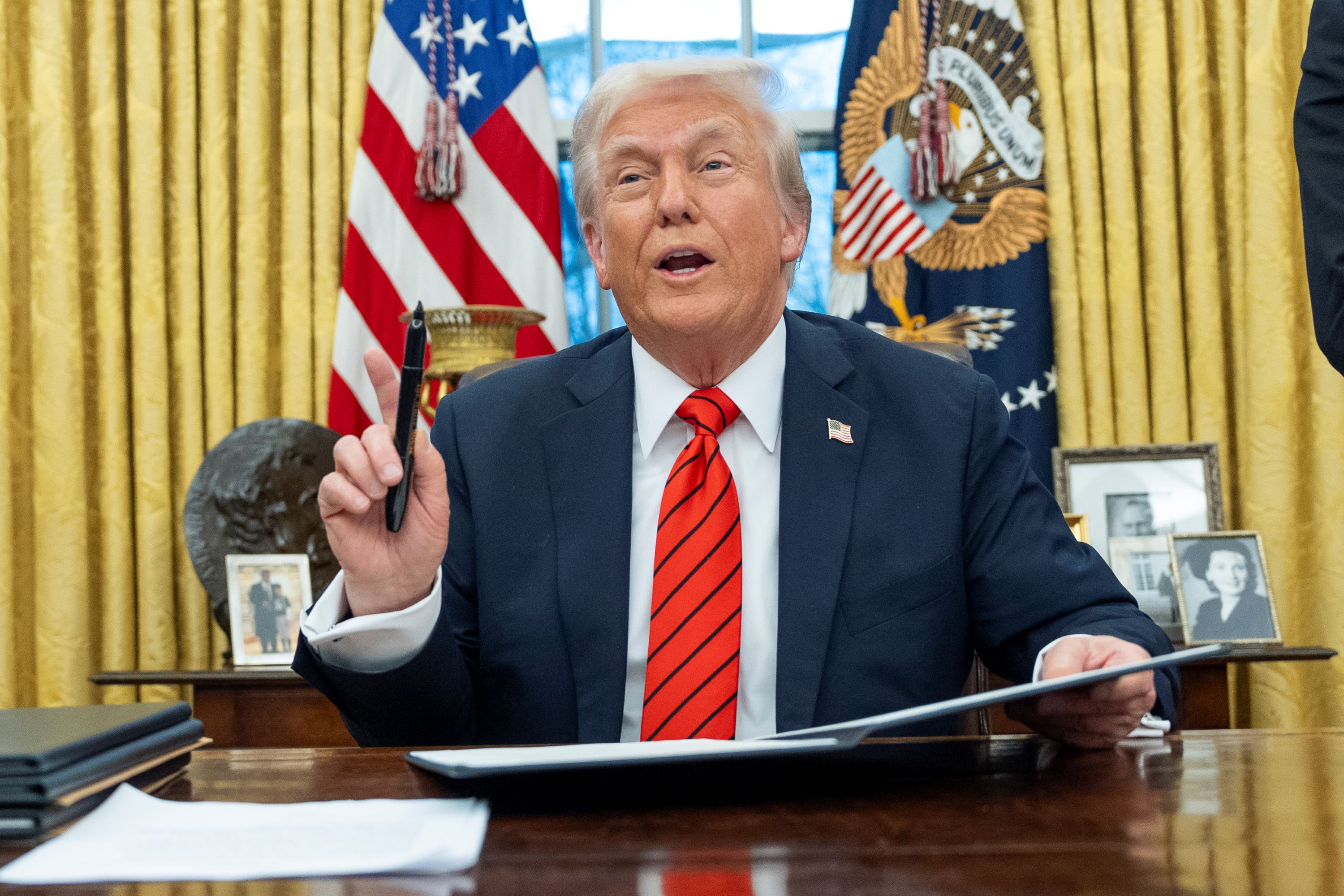
WASHINGTON - US President Donald Trump on Monday signed proclamations to raise tariffs on aluminum from 10 percent to 25 percent and ended duty-free quotas, exemptions and exclusions for steel and aluminum tariffs.
"This is a big deal. This is the beginning of making America rich again," Trump said when signing the proclamations in the Oval Office. "It's time for our great industries to come back to America."
The US president added that there will be no exceptions for these tariffs.
While Trump claims that such measures will bring businesses and jobs back to the United States, economists said they would do the exact opposite.
READ MORE: Trump to announce 25% tariffs on all steel, aluminum imports
"What this means is that US steel and aluminum prices will be substantially higher than world prices for the foreseeable future ... That spells harm for a large number of downstream industries that use steel and aluminum. Those downstream industries employ about 10 times as many workers as the steel and aluminum industries," Gary Clyde Hufbauer, a nonresident senior fellow at the Peterson Institute for International Economics, told Xinhua.
During his first term, Trump imposed tariffs of 25 percent on steel and 10 percent on aluminum imports citing national security concerns. He later allowed certain trading partners, including Canada, Mexico and Brazil, to receive duty-free quotas.
Under former president Joe Biden, the United States continued some tariff exemptions introduced under Trump and extended new quotas for the European Union, Britain and Japan.
ALSO READ: Aussie PM: Exemption from US aluminum tariffs 'under consideration'
A 2019 study published by the Federal Reserve Bank of New York showed that Trump's 2018 widespread tariffs on steel and aluminum, as well as tariffs on Chinese goods, along with the countermeasures they triggered, led to a loss of manufacturing jobs in the United States.
"Obviously, some firms benefit, but a great many more lose out. I expect the same outcome, but worse, this time," said Hufbauer.
When signing the proclamations, Trump said his administration was weighing so-called "reciprocal tariffs" on products such as chips, cars and pharmaceuticals.
He claimed that other countries had taken advantage of the United States in trade for many years and the United States needed to raise tariffs to the same level as these countries.
READ MORE: New tariffs on China to strain US families: Study
Since the beginning of his second term, Trump has quickly rolled out a series of protectionist measures, which have been widely opposed both domestically and internationally.
On Feb 1, Trump signed executive orders to impose 25 percent additional tariffs on imports from Canada and Mexico and a 10 percent tariff increase on imports from China, drawing widespread opposition and immediate retaliations. He later paused the tariffs on Canada and Mexico for one month to allow negotiations.


